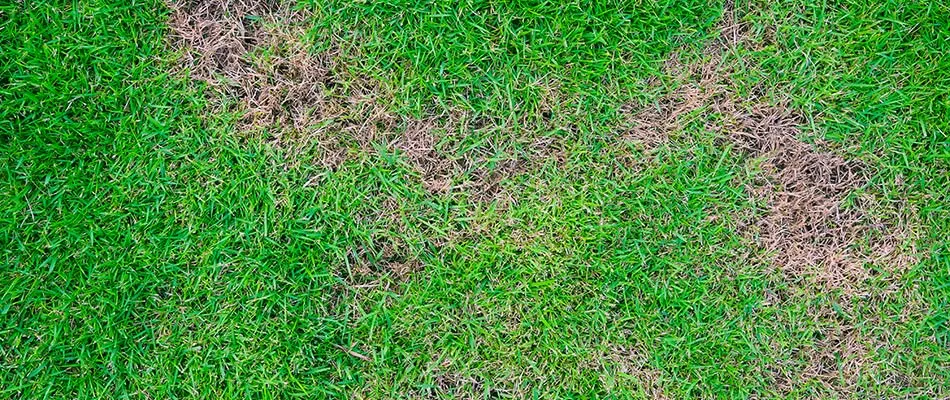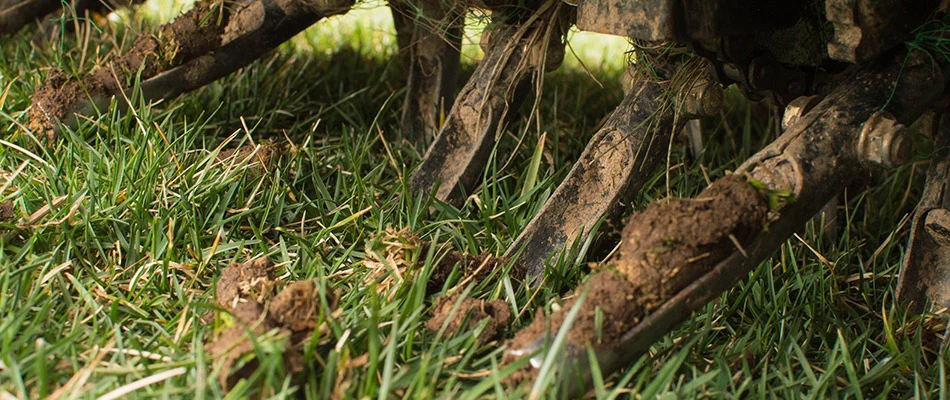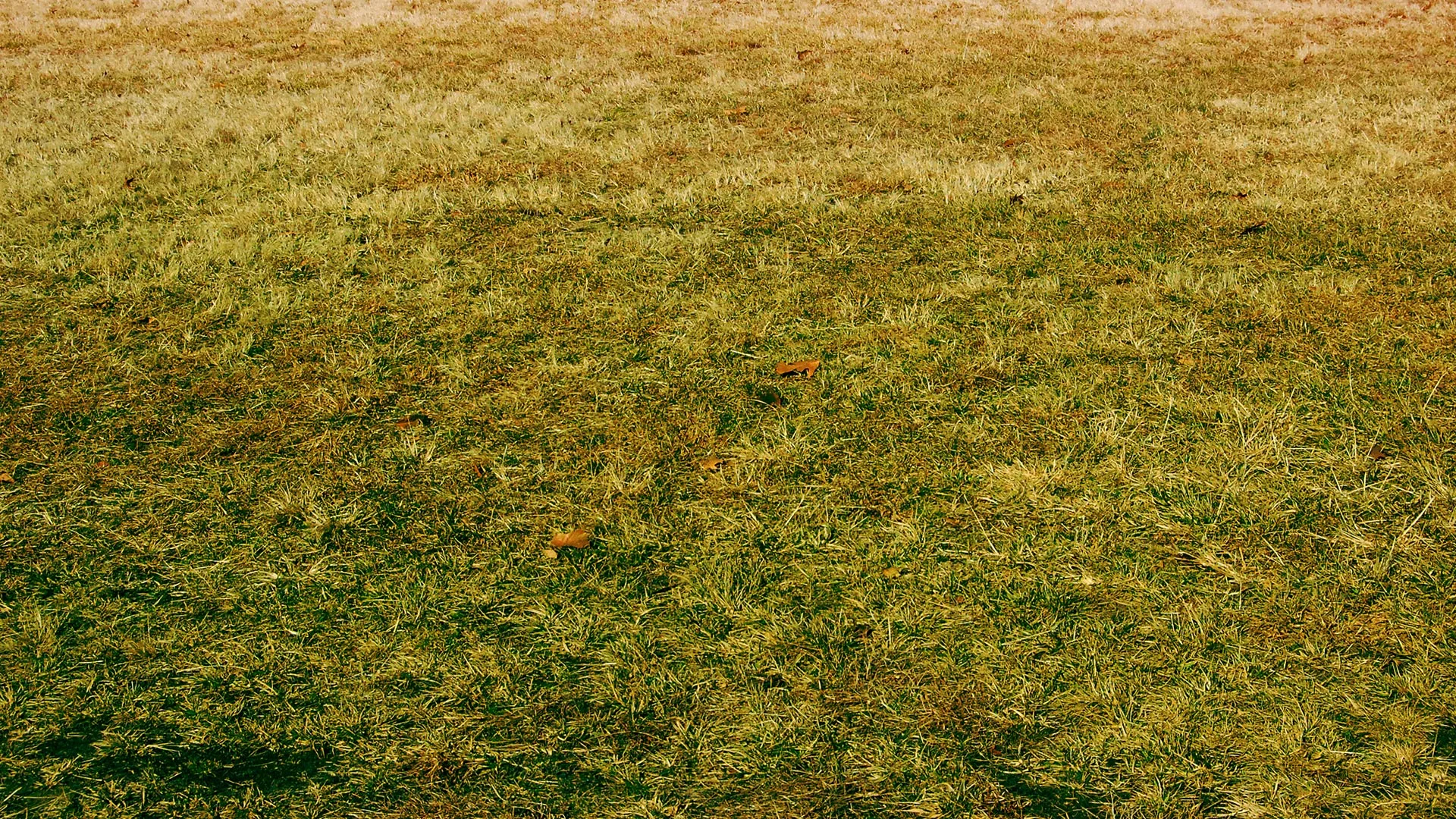Take-all root rot is a common fungal disease that attacks the roots of your turf and can cause severe damage to St. Augustine grass in Texas. If you notice areas of your lawn that have become thin, brown, and wilted, then your turf may have contracted take-all root rot disease. The best thing you can do in this scenario is to contact a professional lawn care company to assess, diagnose, and apply curative treatments to your lawn. These treatments will prevent the disease from spreading. To protect your grass from take-all root rot disease, you should enroll in lawn care services that make your turf stronger, healthier, and more disease-resistant. Continue reading to learn more about this fungal disease and how to deal with it!
What is take-all root rot disease, and how does it damage your lawn?

Take-all root rot disease is a fungal disease that primarily affects St. Augustine grass. The fungus that causes this disease lives in thatch and the soil that rests below it. Take-all root rot disease usually forms as your grass awakens from winter dormancy in the spring or early summer. It flourishes in warm, wet, and humid conditions and preys on stressed turfgrass. Although it does have a typical emergence pattern, take-all root rot can actually form at any point during the growing season if your lawn is stressed by shade, drought, heat, or other factors.
Unfortunately, take-all root rot disease can wreak havoc on your grass and cause extensive damage. As its name suggests, this fungal disease destroys the roots of your turf. When this happens, your grass becomes thin, brown, and wilted. The result can be patches of irregularly shaped turf that span from 1 to 20 feet in diameter, depending on the severity.
Take-all root rot kills your lawn from the roots up, so it is not possible to reverse damage once it has occurred.
What should you do if you think your lawn has take-all root rot disease?
If you think your lawn is affected by take-all root rot disease, then you should have a professional lawn care company come out to inspect your grass. The technician who visits your property should be able to examine your turf, diagnose the issue, and then prescribe a treatment plan. The best way to address take-all root rot disease is through the application of a curative fungicide treatment. This treatment will eliminate the disease from your grass and prevent it from spreading to unaffected areas of your lawn.
How can you protect your lawn from take-all root rot disease?

You can help protect your lawn from take-all root rot disease by signing up for regular lawn care services. Lawn care services make your grass stronger, healthier, and more resistant to environmental stress that leads to lawn disease. A few of the most impactful lawn care services you can take advantage of include:
- Fertilization: Fertilizer treatments provide your grass with critical nutrients that fuel healthy growth throughout the year and help your turf withstand stress.
- Weed Control: Weed control treatments eradicate nutrient-stealing weeds from your lawn so they don't infringe upon the health of your turf.
- Aeration: Aerating your lawn annually in the spring loosens compacted soil so the roots of your grass have enhanced access to key growth ingredients like water, oxygen, sunlight, and nutrients.
Call today to sign up for our take-all root rot treatments!
Do you think that your lawn may have sustained damage from take-all root rot disease? If so, our team can help resolve the issue. We offer take-all root rot treatments for residential, commercial, and HOA properties in Rockwall, Wylie, Rowlett, and nearby areas in Texas. Our team also provides a range of top-notch lawn care services like fertilization, weed control, and core aeration to bolster the overall health of your turf. Call us today at (972) 521-6227 to sign up for our exceptional treatments!



Comments (0)
Thanks for your comment!
Thanks for your feedback! Your comments have been successfully submitted! Please note, all comments require admin approval prior to display.
Error submitting comment!
There is a problem with your comment, please see below and try again.